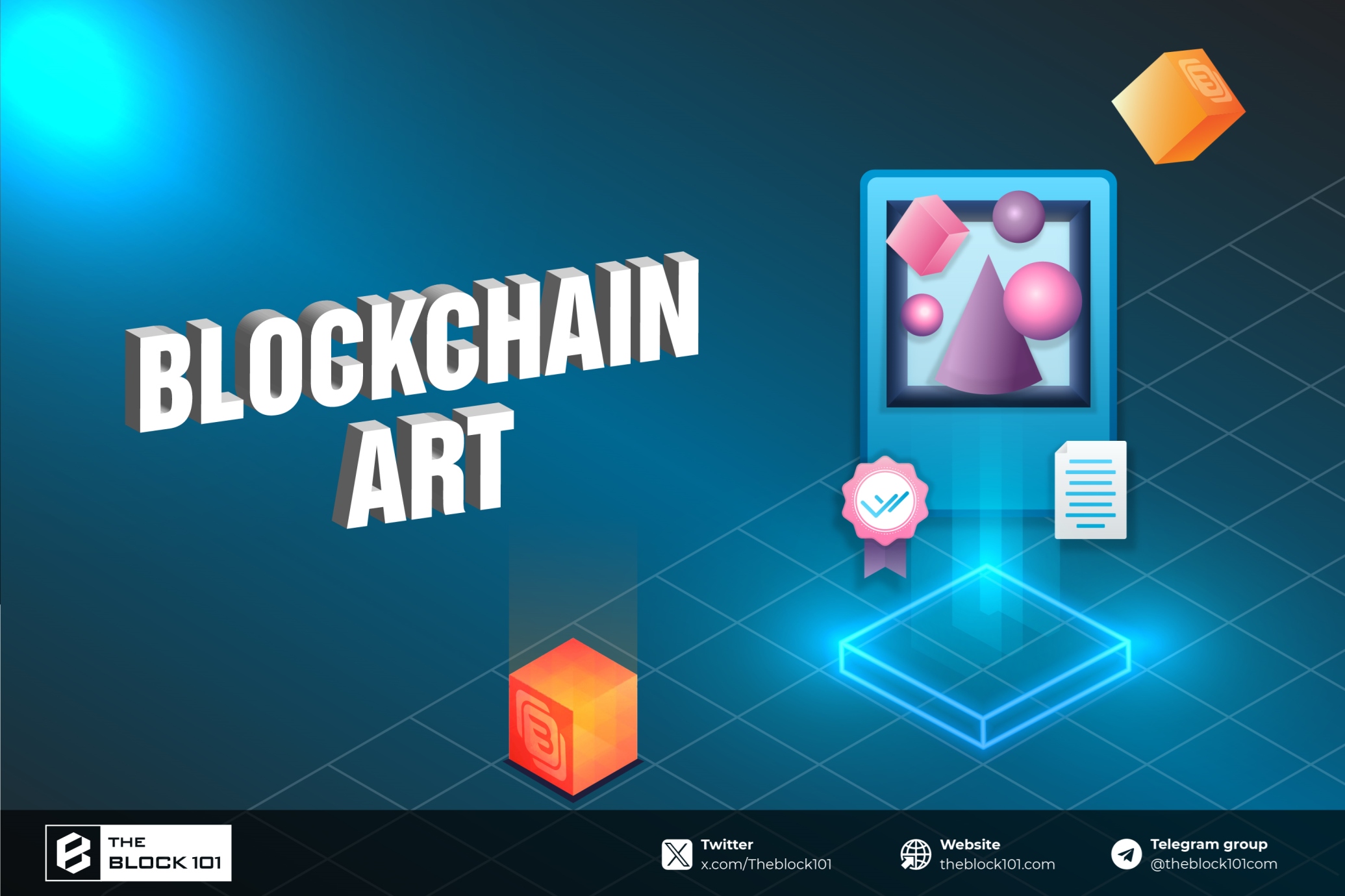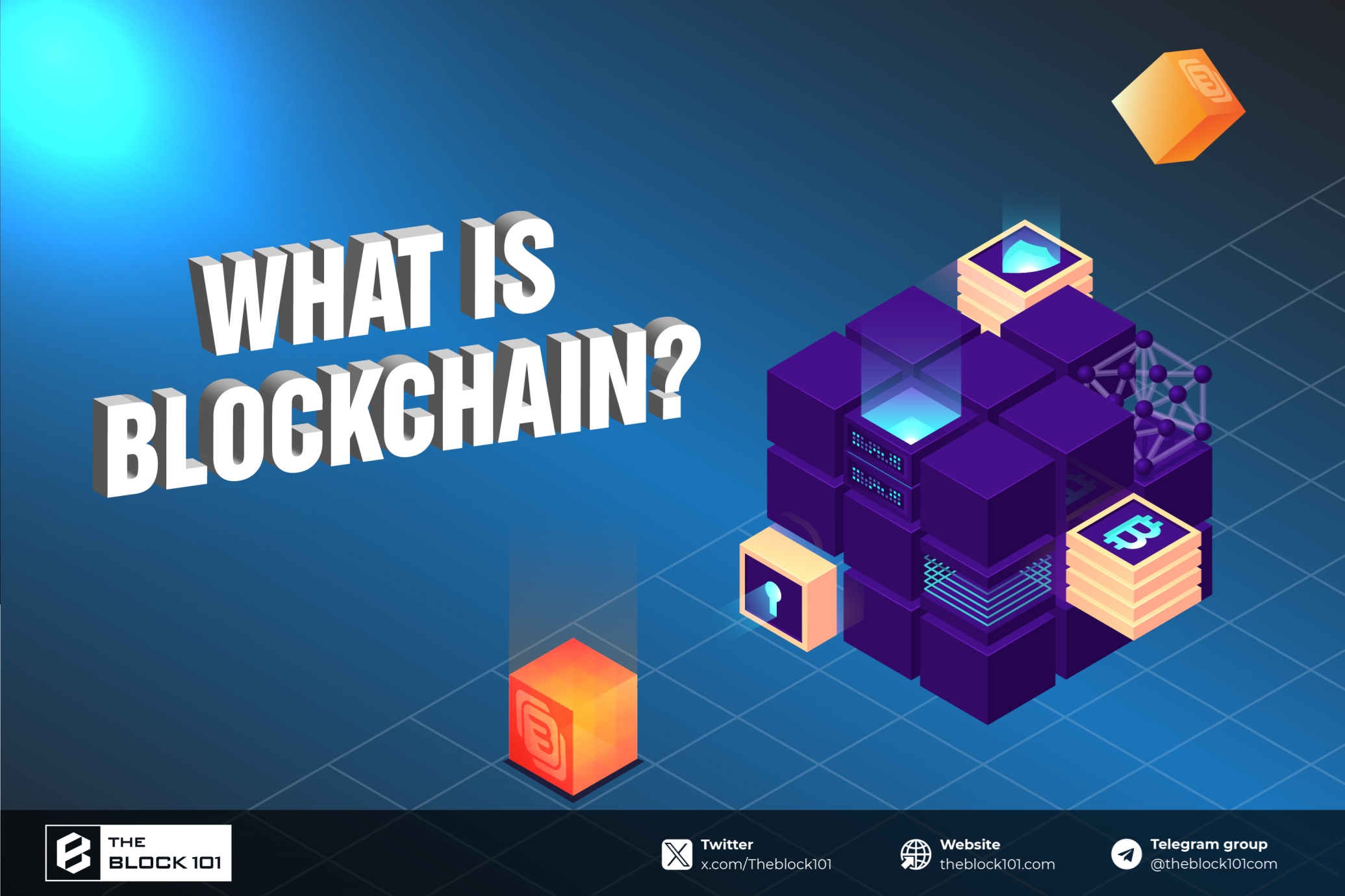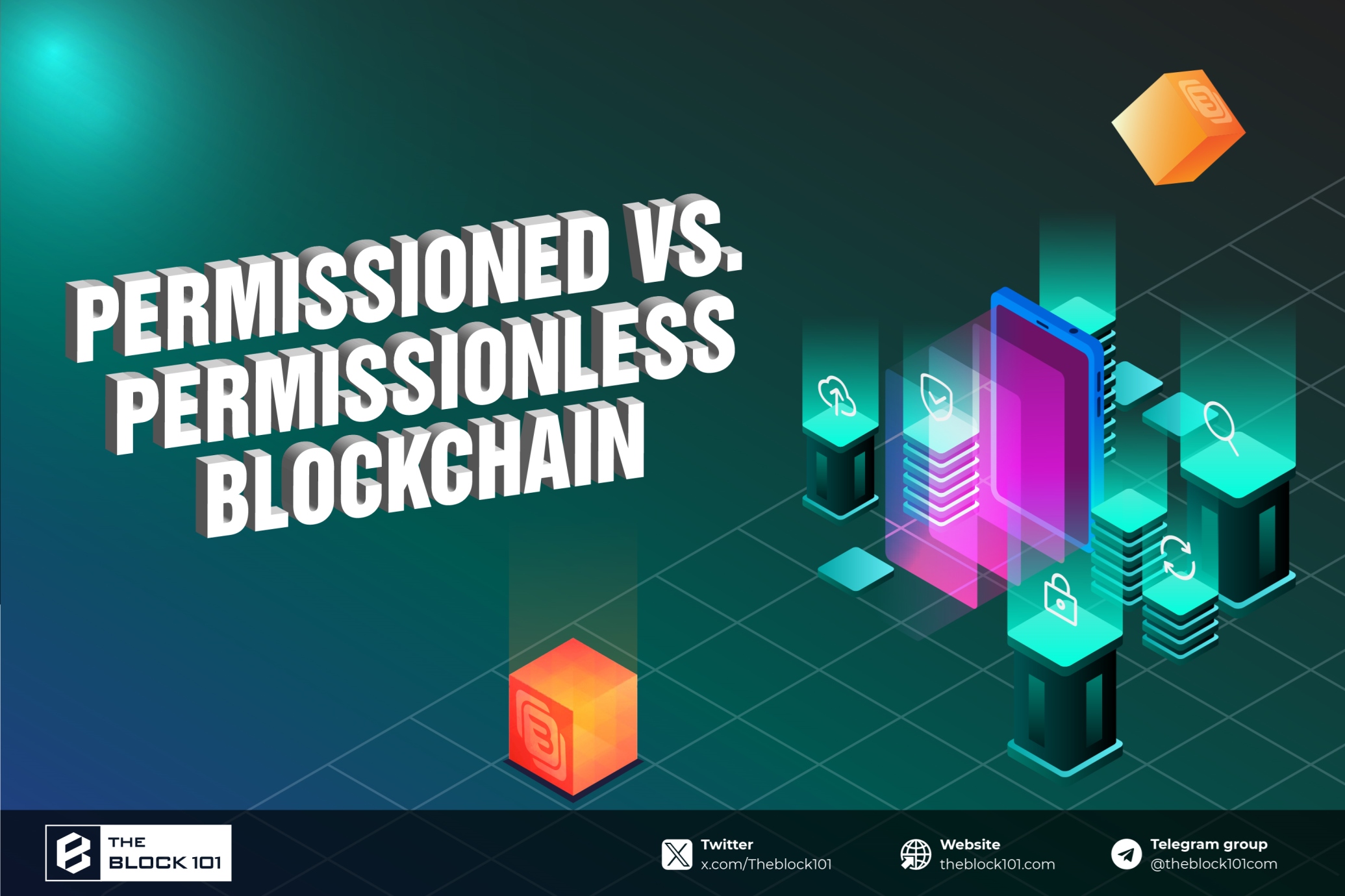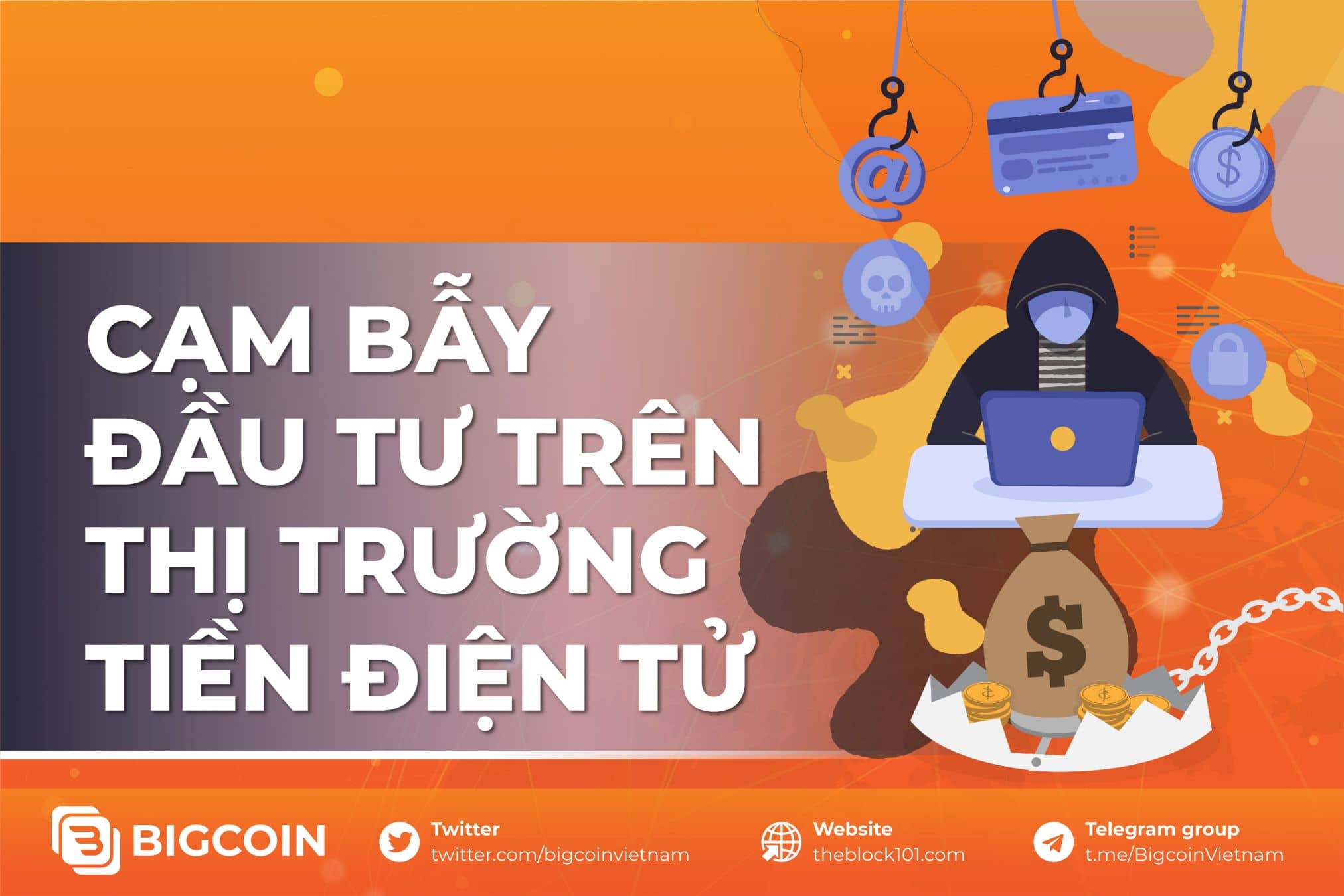
1. Buy and hold
- Holding the wrong coin: If you're interested in trading and holding, remember that the greatest risk comes from limited knowledge. While you can profit from market growth by buying and holding coins, not every coin is profitable. Some projects are scams, and coins from these projects often experience significant price drops after listing. Additionally, if you don't understand the value of the project you're holding, you may sell and accept losses during market fluctuations. These fluctuations can cause Bitcoin to drop by 20-30% or more, and altcoins can decrease by 40-70%. Ensure that you understand and trust the project you're investing in to avoid losing faith and accepting losses.
- Psychological trading: When it comes to losses, if you've invested in a good coin, never sell at a loss during an uptrend. During a growth season, even the most experienced investors may find themselves unable to avoid this. By combining knowledge, choosing the right project, and having faith in it, hold until you reach your target price or the end of the uptrend. Conversely, when the uptrend ends and switches to a downtrend, exit the market rather than holding out, because money equals opportunity. During a true Downtrend, many coins can lose 70-80% of their value, and weaker projects may lose nearly 99% of their value.
- Selling coin to buy another coin: Since markets don't uniformly grow at the same time, money flows in gradually. Some coins rise first, while others follow. If you hold a promising coin that hasn't shown signs of price increase yet, hold onto it. In many cases, people have sold ETH for a 10% profit to buy into DOGE, only to see Ethereum continue rising by another 20% while DOGE drops 20% from the time of purchase, turning a profit into a loss.
- Going against market trends: Another risk recently faced by many is FOMO-driven unsustainable investment trends. After Dogecoin's strong growth, animal-themed meme coins flooded the market, but these projects often lack core value and are primarily pump-and-dump schemes. Personally, I avoid purchasing such coins. Whether to accept risk or not should also be based on factors with a solid foundation.
2. Derivative trading
If you're interested in derivative trading (also known as leveraged trading), be cautious as it can be a double-edged sword, especially for newcomers to the market. With buy and hold strategies, you may fortunately earn profits over a growth cycle. However, with derivative trading, the market doesn't care who you are and offers no mercy. When the opportunity arises, the market can take everything from you. Be cautious and thoroughly research before engaging in derivative trading to avoid unnecessary financial losses and risks.
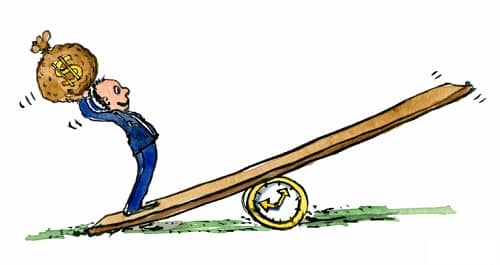
Participating in derivative trading, lack of knowledge is the primary reason why many investors incur losses. Derivative trading is not as simple as the glamorous portrayals often seen online. It requires investors to have a solid grasp of technical analysis, manage trading psychology, capital management, and risk management. Furthermore, market experience is also crucial.
However, margin trading can potentially yield profits easily, provided one has sufficient knowledge and experience. Compared to traditional professions where earning 50-70 million VND per month may require at least 3-4 years of university education followed by work experience, investing demands time for hands-on experience and market exposure. Following failures, one must stand up, learn, and continue to grow. This process helps accumulate experience and eventually succeed in investments.
If you are experiencing losses in derivative trading despite having basic knowledge, here are steps to systematize your knowledge:
-
Learn candlestick Charts and Indicators: Understand candlestick charts and various indicators to make more precise trading decisions.
-
Learn a suitable trading strategy: Creatively develop or learn a trading strategy that aligns with the market conditions.
-
Avoid Overleveraging: Refrain from excessive leverage and only use appropriate levels to minimize risk in trading.
-
Manage Trading Psychology and Capital: Manage trading psychology and capital effectively. Divide your capital to enhance success chances and trade within your acceptable loss limits.
- Implement Strict Risk Management: Implement tight risk management by trading with risk-to-reward ratios of 1:2 or higher. Calculate and apply suitable risk-to-reward ratios (R) such as 1:3, 1:4, or 1:5 according to your trading strategy.
3. Investing in new projects
Investing in new projects nowadays is conducted through crowdfunding platforms or directly on the issuer's website include Polkastarter, WeStarter, BSCPad, Poolz, Balancer, among others.
Investing in new projects is considered a "high risk - high return" venture because it entails high risks but also offers potential for high profits. However, selecting projects for investment requires caution. During bullish phases, many new projects have seen their values increase by 20-30 times, and some have even risen hundreds of times over their initial values. However, when the market starts to decline, these projects may struggle to sustain their growth, and poorly performing projects could be eliminated from the market. Therefore, when investing in new projects, it's crucial to thoroughly research and analyze them from various angles, avoiding evaluations based on single data points.
Evaluating a new project depends on various factors such as token allocation, project roadmap, development team, project community, ecosystem it's part of, and many other factors. For example, a project may have a good idea and a great mission but lacks significant partnerships or major investors participating, which could pose risks during project implementation. Hence, to successfully invest in new projects, careful consideration from multiple perspectives is necessary to make informed investment decisions.
Read more:

 English
English Tiếng Việt
Tiếng Việt



